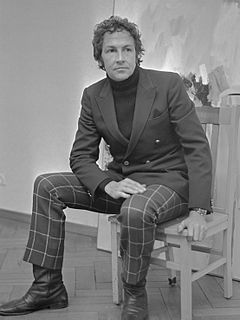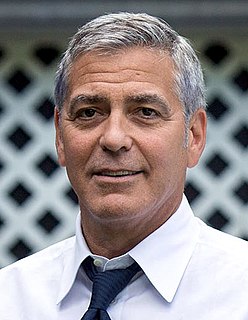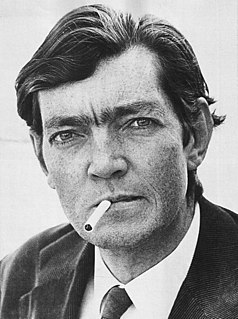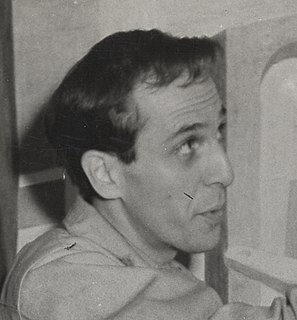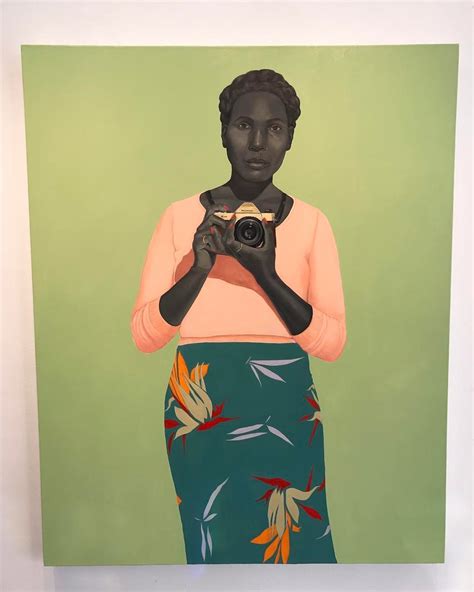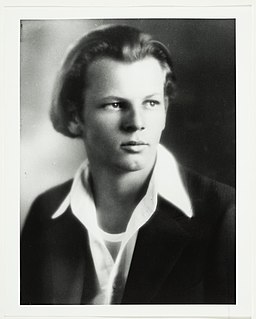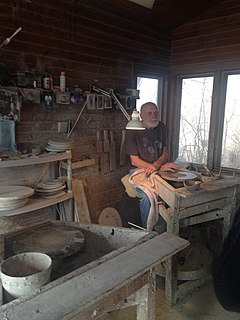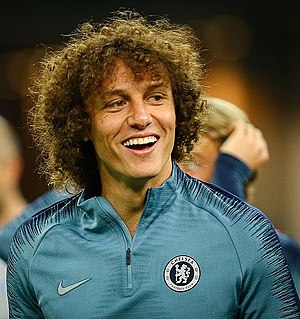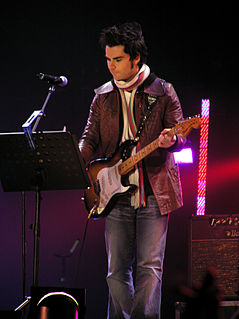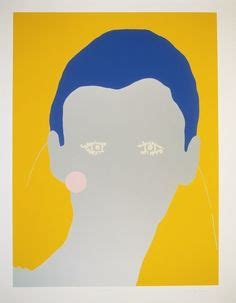A Quote by Robert Rauschenberg
I'm not so facile that I can accomplish or find out what I want to know or explore enough of the possibilities and a way of making a painting, say, in just one painting or two paintings.
Related Quotes
I bought a painting in Madrid on my first trip there too and a lot of people say, 'Well it's not the greatest painting' and I say, 'It is to me.' OK, you can look at a beautiful painting and say, 'That's beautiful' but to me, it feels warmer to fill my home with pictures of friends and family and paintings of places I've gone. That's what I want to come home to.
You're like a witness. You're the one who goes to the museum and looks at the paintings. I mean the paintings are there and you're in the museum too, near and far away at the same time. I'm a painting. Rocamadour is a painting. Etienne is a painting, this room is a painting. You think that you're in the room but you're not. You're looking at the room, you're not in the room.
I thought I was going to be able to use my painting ideas as decoration on pottery, but my painting did not translate into decoration on pottery. I thought it was going to, and in fact I made, while still in school, a plate with one of my paintings on it, and that's exactly what it was, it was a plate with a painting on it. It was not a decorated plate; it was just a painting superimposed over a three-dimensional ceramic form.
Look at the paintings of Picasso. He is a great painter, but just a subjective artist. Looking at his paintings, you will start feeling sick, dizzy, something going berserk in your mind. You cannot go on looking at Picasso's painting long enough. You would like to get away, because the painting has not come from a silent being. It has come from a chaos. It is a by product of a nightmare. But ninety-nine percent art belongs to that category.
It's a completely different way of working when you have your own place for recording. It's like if you were a painter, and you do loads of painting, and you just pick which paintings you want to exhibit. It's a much nicer, freer way of making work; you're not limited to anything, and you can make these cool, weird little albums.
I was always interested in drawing and painting. I enrolled in college to study painting. But I didn't have any livelihood when I graduated. My mother died very young, and I didn't have any home, so I had to find a way to earn a living. It seemed to me that photography - to the great disappointment, I have to say, of my painting teacher - could offer that. So I went and did a degree in photography, and then after that I could go out and get paid for work. For portraits, things like that.
